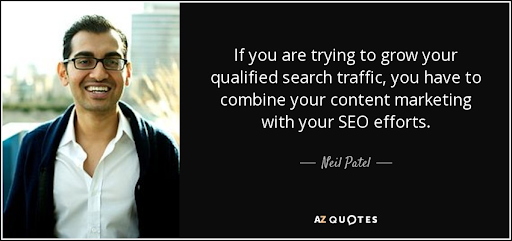Table of Contents
Introduction
As the digital landscape evolves, search engine optimization (SEO) remains a fundamental pillar of online success. In 2025, SEO is no longer just about optimizing for keywords—it requires a strategic approach that prioritizes user experience, AI-driven search algorithms, and emerging technologies such as voice search and video SEO.
With search engines becoming more sophisticated, businesses and digital marketers must stay ahead by adopting best practices that align with the latest trends. A well-optimized website can enhance visibility, drive organic traffic, and improve conversion rates.
This guide outlines the top 10 SEO tips and best practices for 2025, equipping you with actionable insights to refine your strategy and maintain a competitive edge in the ever-changing digital world.
#10: Embrace AI and Machine Learning for SEO
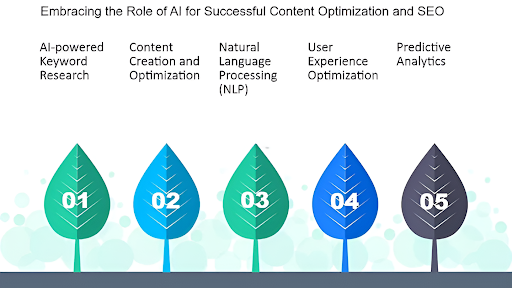
Artificial Intelligence (AI) and machine learning are no longer merely theoretical concepts; they have become essential tools for understanding search behavior, personalizing content, and predicting trends. Search engines such as Google employ advanced algorithms powered by AI (including RankBrain and BERT) to deliver more relevant search results.
How to Leverage AI
- Keyword and Topic Research: Use AI-powered tools such as MarketMuse, Clearscope, or SEMrush’s AI modules to identify high-potential keywords and related topics that resonate with your audience.
- Content Optimization: Machine learning tools can analyze top-ranking pages and help you refine your content for relevance and comprehensiveness.
- User Behavior Analysis: Utilize AI to sift through user engagement data, enabling you to tweak content and structure based on what actually drives conversions.
By integrating AI into your SEO strategy, you can create data-driven content that anticipates user intent and stays ahead of algorithm changes.
#9: Prioritize E-A-T: Expertise, Authority, and Trustworthiness
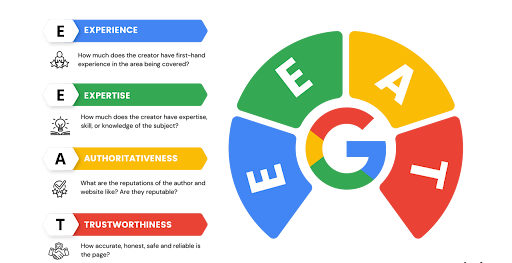
Google’s focus on E-A-T (Expertise, Authority, and Trustworthiness) continues to be a cornerstone of quality SEO. In 2025, with the increasing volume of content online, establishing your brand’s credibility is more crucial than ever.
Strategies to Boost E-A-T
- Author Credentials: Ensure that content, especially in sensitive niches like health, finance, or legal advice, is authored by or reviewed by experts in the field. Detailed author bios can reinforce credibility.
- Backlinks from Reputable Sources: Earn backlinks from high-authority sites. Quality over quantity remains the key—relationships, guest posts, and digital PR can help build your authority.
- Transparent Information: Provide clear sources, data, and citations. Regularly update your content to reflect the latest research and developments.
Focusing on E-A-T not only improves your SEO rankings but also builds long-term trust with your audience, making your website a go-to resource in your industry.
#8: Optimize for Mobile-First and Voice Search
With over half of all searches coming from mobile devices and the rising popularity of smart speakers and voice assistants, mobile-first and voice search optimization are no longer optional—they’re imperative.
Mobile-First Best Practices
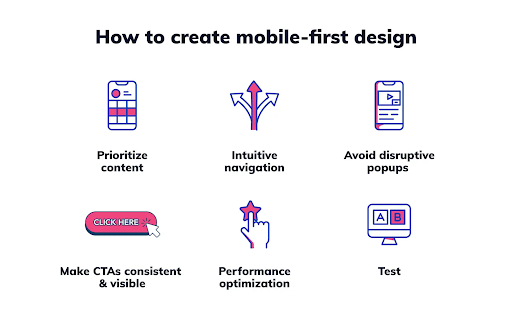
- Responsive Design: Ensure your website is fully responsive and offers a seamless experience across devices.
- Fast Load Times: Use AMP (Accelerated Mobile Pages) or progressive web app (PWA) techniques to improve mobile page speed.
- Simplified Navigation: Mobile users appreciate straightforward, intuitive interfaces. Streamline menus and buttons for easy access.
Voice Search Optimization
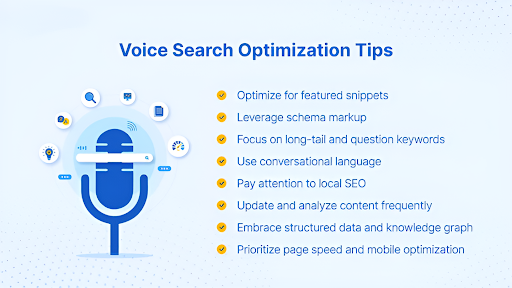
- Conversational Keywords: Voice searches are more conversational. Optimize your content with natural language, long-tail keywords, and question-based queries.
- Featured Snippets: Aim for concise answers that could be picked up as a featured snippet—Google’s answer box is a common destination for voice search results.
- Local SEO Integration: Voice searches often include “near me” queries. Ensure your local listings are accurate and optimized.
By optimizing for both mobile-first and voice search, you align your strategy with evolving user behaviors and the future of search technology.
#7: Enhance Technical SEO
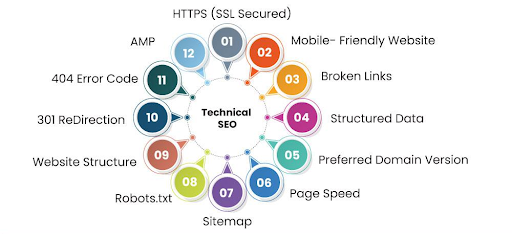
Technical SEO lays the foundation for your site’s performance in search engines. A technically sound website ensures that search engines can efficiently crawl, index, and understand your content.
Key Technical SEO Practices
- Site Speed and Performance: Utilize tools like Google PageSpeed Insights and Lighthouse to monitor and improve load times. Compress images, use caching strategies, and minimize JavaScript and CSS.
- Structured Data and Schema Markup: Implement schema to help search engines understand your content context. From product details to reviews and events, structured data can lead to rich results.
- Secure and Accessible Website: HTTPS is non-negotiable. Ensure your site’s security and accessibility (through proper robots.txt, XML sitemaps, and mobile usability checks).
Investing in technical SEO not only improves rankings but also enhances user experience—a win-win scenario for both search engines and visitors.
#6: Focus on User Experience (UX)
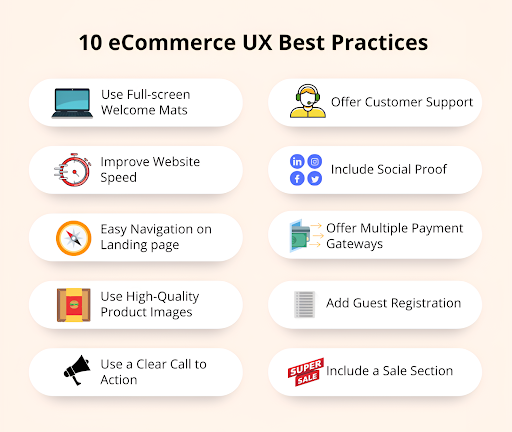
Google’s emphasis on Core Web Vitals highlights the direct correlation between user experience and search rankings. Metrics like Largest Contentful Paint (LCP), First Input Delay (FID), and Cumulative Layout Shift (CLS) measure the real-world performance of your website.
Enhancing UX
- Improve LCP: Optimize images, streamline server response times, and eliminate render-blocking resources to ensure your main content loads quickly.
- Optimize FID: Reduce JavaScript execution time and prioritize interactive elements to ensure that users can interact with your site without delay.
- Minimize CLS: Ensure visual stability by setting size attributes for images and ads, and avoid injecting content dynamically without proper space allocation.
A seamless UX not only drives higher engagement and conversions but also signals to search engines that your site is valuable and user-friendly.
#5: Leverage Structured Data and Schema Markup
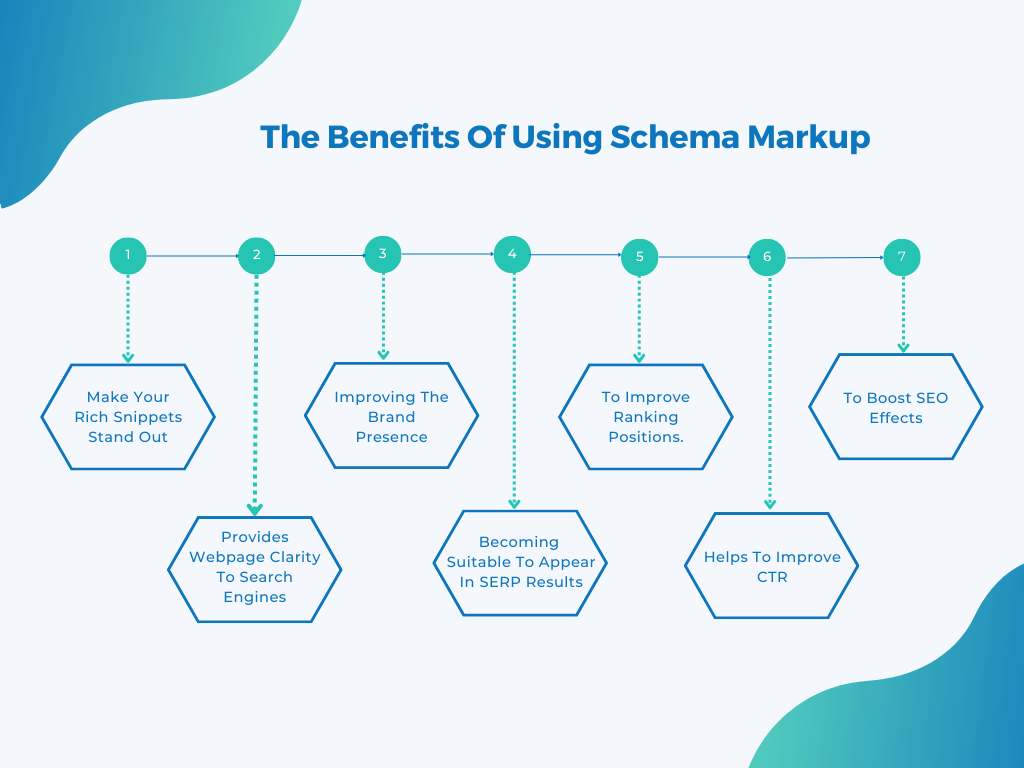
Structured data is your secret weapon for helping search engines interpret your content more accurately. By adding schema markup, you can enhance your search listings with rich snippets, knowledge panels, and other visual enhancements.
Why Structured Data Matters
- Enhanced Visibility: Rich snippets can improve click-through rates (CTR) by providing additional context such as ratings, pricing, and event details.
- Voice Search Optimization: Structured data can help virtual assistants retrieve accurate information quickly.
- Content Relevance: By explicitly outlining the context of your content, you make it easier for search engines to match your pages with relevant queries.
For 2025, structured data is an indispensable part of your SEO toolkit. Regularly audit your website for opportunities to implement and update schema markup to keep pace with evolving search features.
#4: Harness the Power of Local SEO
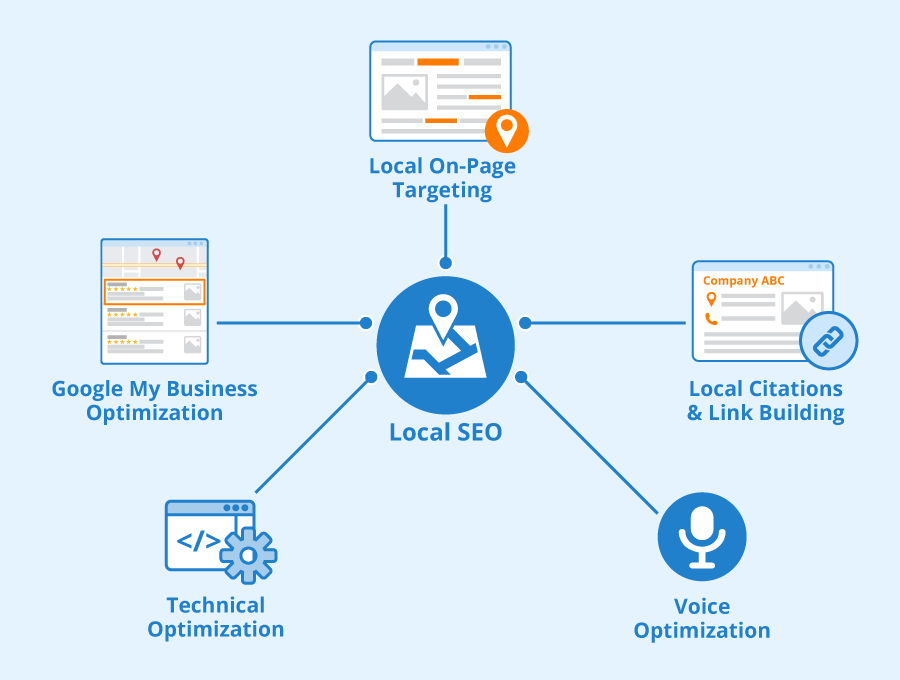
Local SEO has grown in importance as more consumers search for businesses “near me.” Whether you’re a local store, a regional service provider, or a global brand with a localized presence, optimizing for local search can drive highly targeted traffic.
Key Local SEO Strategies
- Google My Business: Keep your GMB profile up to date with accurate information, images, and customer reviews. This is crucial for local search visibility.
- Local Citations: Ensure that your business’s name, address, and phone number (NAP) are consistent across online directories.
- Localized Content: Create content that speaks to your local audience. Highlight community events, local news, or location-specific tips to build local relevance.
- Customer Reviews: Encourage satisfied customers to leave reviews. Positive reviews not only build trust but also improve local rankings.
By refining your local SEO efforts, you can capture a significant share of the market that’s searching for immediate, localized solutions.
#3: Build Link-building and Content-promotion Strategy
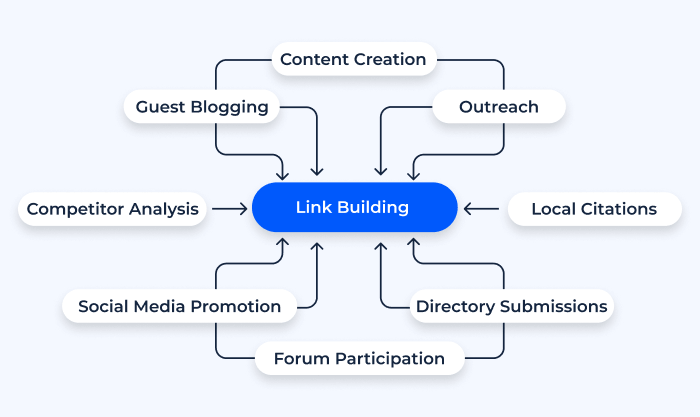
Link building remains a critical ranking factor in SEO. However, in 2025, the emphasis is on quality, relevance, and natural link acquisition rather than sheer quantity.
Effective Link-Building Tactics
- High-Quality Content: Create in-depth, valuable content that naturally attracts backlinks. Case studies, research reports, and comprehensive guides tend to perform well.
- Digital PR: Engage in digital PR campaigns to secure features and mentions in reputable publications. This can drive both traffic and quality backlinks.
- Guest Blogging and Collaborations: Identify authoritative blogs and platforms within your niche for guest posting opportunities. Collaborations with influencers and industry experts can also help diversify your backlink profile.
- Internal Linking: Don’t neglect internal links. A well-structured internal linking strategy improves site navigation, spreads link equity, and keeps users engaged longer.
A smart link-building strategy should be holistic, focusing on earning links through genuine relationships and high-quality content rather than manipulating rankings with low-quality backlinks.
#2: Enhance Core Web Vitals
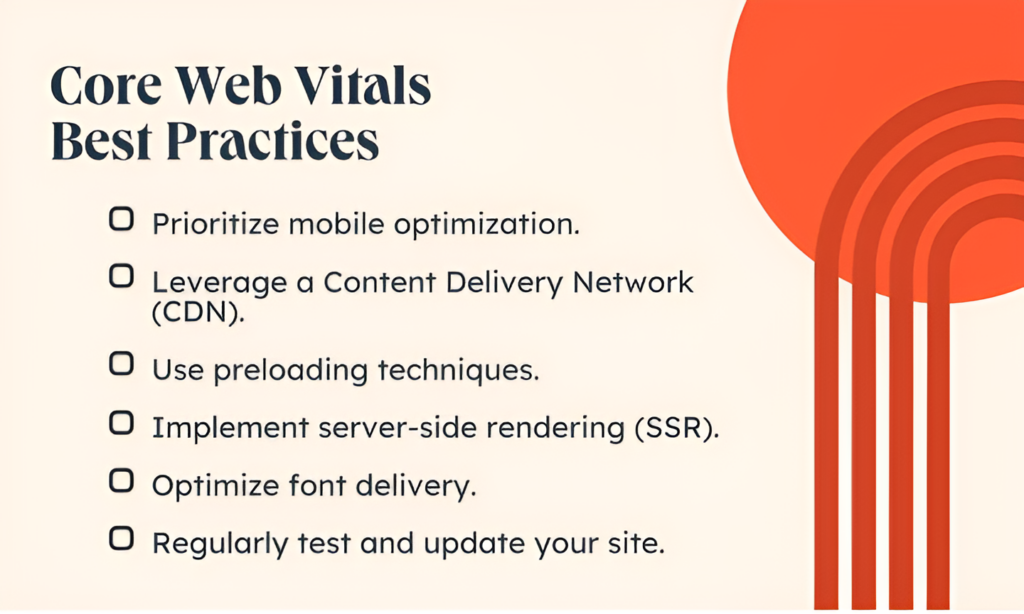
Customers expect websites, especially online stores, to be quick, responsive, and user-friendly. To help businesses meet these expectations, Google developed Core Web Vitals—a set of metrics that assess how well your website performs for users.
It centers on three main components:
- Loading Speed (Largest Contentful Paint or LCP): This measures how fast the primary content of a page loads. A quicker load time keeps visitors engaged and helps lower bounce rates.
- Interactivity (Interaction to Next Paint or INP): This metric gauges how promptly your site reacts when users click on buttons or links.
- Visual Stability (Cumulative Layout Shift or CLS): This evaluates the steadiness of your page’s layout during loading. A stable layout avoids unexpected shifts that could annoy users, leading to a smoother experience.
Improving your online store based on these metrics not only enhances user experience but also supports best practices in eCommerce SEO, potentially boosting search engine rankings.
Key strategies to achieve these improvements include:
- Optimize Images and Media: Compress images to minimize file sizes without sacrificing quality, ensuring faster initial loading.
- Leverage Browser Caching: Use browser caching to store static resources locally, which speeds up load times for repeat visitors.
Monitor and Test Regularly: Employ tools like Google PageSpeed Insights to pinpoint improvement areas and measure the success of your optimizations.
#1: Data-Driven SEO and Continuous Optimization
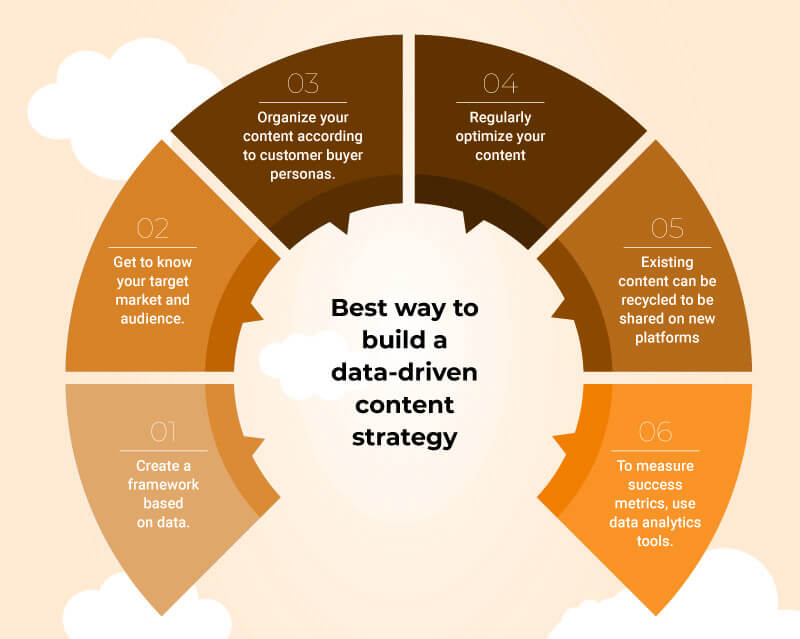
In a dynamic field like SEO, relying on guesswork is a surefire way to fall behind. Data-driven decision-making is paramount for fine-tuning your strategy and adapting to algorithm changes.
Making the Most of SEO Data
- Analytics Tools: Utilize Google Analytics, Search Console, and third-party platforms like Ahrefs or Moz to monitor traffic, keyword performance, and user behavior.
- A/B Testing: Regularly test different page layouts, content formats, and calls-to-action (CTAs) to determine what resonates best with your audience.
- Competitor Analysis: Keep an eye on your competitors’ strategies. Tools like SEMrush can help you identify gaps and opportunities in your market.
- Regular Audits: Conduct frequent SEO audits to ensure that all aspects of your site—from technical performance to content quality—are optimized. This includes checking for broken links, outdated content, and areas for improvement.
By embracing a data-driven approach, you can continuously refine your SEO strategy, ensuring that your efforts are always aligned with current trends and search engine requirements.
The Future of SEO
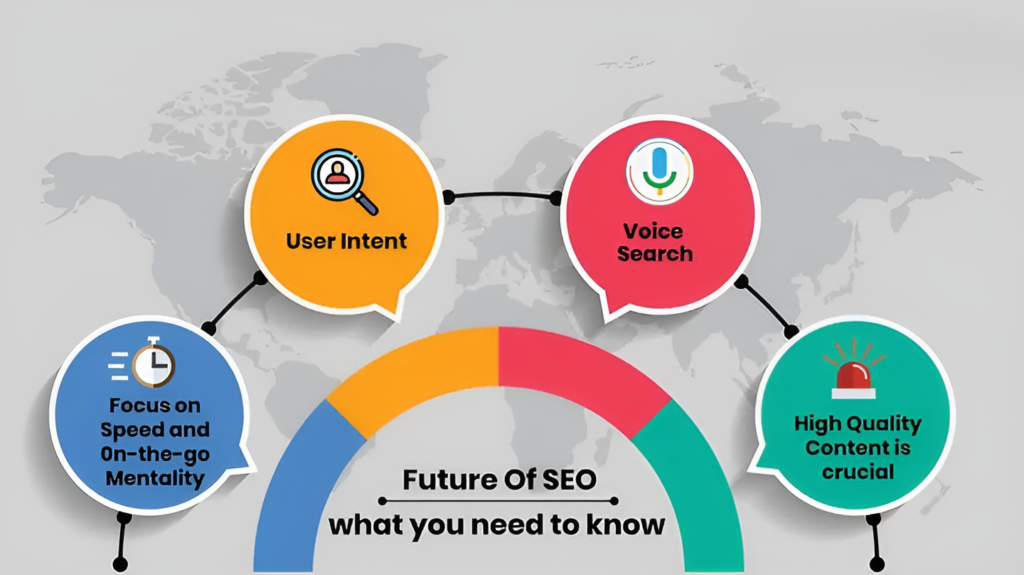
The road ahead for SEO is both challenging and exciting. With the constant evolution of search algorithms, advancements in AI, and shifting consumer behaviors, the ability to adapt quickly is the most valuable asset you can have. Here are a few final thoughts as you prepare your strategy for 2025:
- Continuous Learning: The SEO field never stands still. Invest in ongoing education through webinars, industry conferences, and trusted SEO blogs to keep up with the latest trends.
- Agility in Strategy: Be prepared to pivot your strategy as new technologies emerge. Agile methodologies can help you respond to changes quickly.
- User-Centric Approach: Ultimately, search engines are designed to serve users the best possible results. By focusing on quality content and superior user experiences, your SEO efforts will naturally align with both current and future search engine priorities.
Incorporating these tips and practices into your SEO strategy will help you navigate the evolving landscape and ensure that your website not only ranks well but also provides genuine value to your audience.
Conclusion
SEO in 2025 is about more than just keywords and links—it’s about building a digital presence that is resilient, user-focused, and data-driven. By integrating advanced technologies like AI, emphasizing quality and trust, and adapting to new search behaviors such as voice and mobile usage, you can create a strategy that stands the test of time.
Whether you’re an established brand or a startup looking to make your mark, these top 10 SEO tips and practices offer a roadmap for achieving online success in the coming year. Embrace change, stay informed, and always prioritize your users’ experience—and you’ll be well on your way to dominating the search results in 2025.
Deepak Wadhwani has over 20 years experience in software/wireless technologies. He has worked with Fortune 500 companies including Intuit, ESRI, Qualcomm, Sprint, Verizon, Vodafone, Nortel, Microsoft and Oracle in over 60 countries. Deepak has worked on Internet marketing projects in San Diego, Los Angeles, Orange Country, Denver, Nashville, Kansas City, New York, San Francisco and Huntsville. Deepak has been a founder of technology Startups for one of the first Cityguides, yellow pages online and web based enterprise solutions. He is an internet marketing and technology expert & co-founder for a San Diego Internet marketing company.

